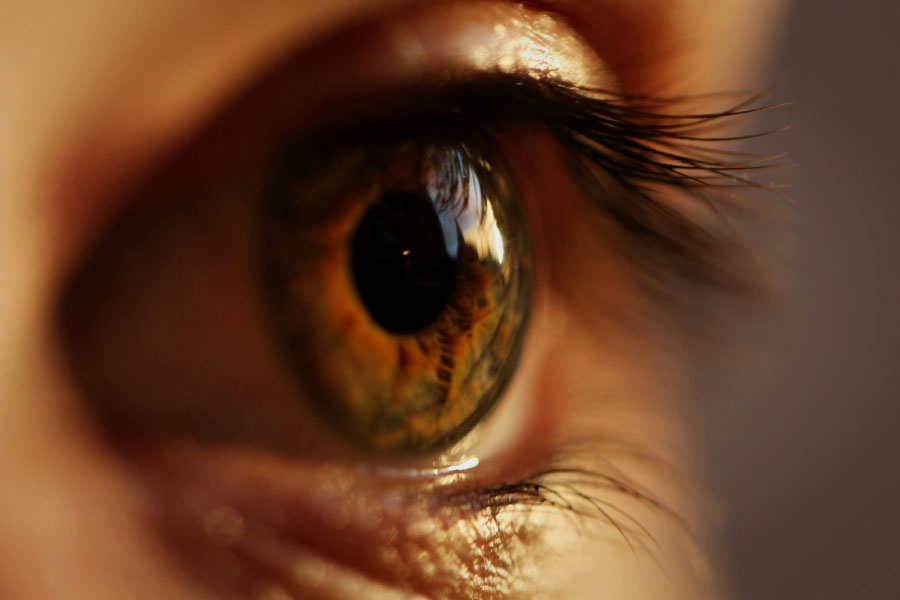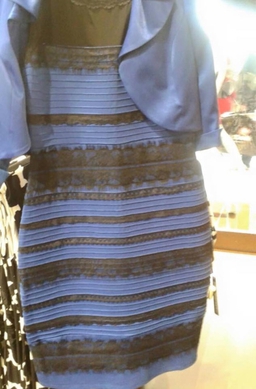How do we see color?
How do we see color? Discover how our eyes detect light, how the brain processes color perception, and why different people see colors differently.

Understanding How Humans Perceive Different Colors
I was always curious how humans see color. I used to think the sensation of color happens in the eyes. But reality is quite different. The eyes capture light, but the sensation of color happens in the brain. Our perception of color depends on how the brain interprets signals from photoreceptors in the retina, how it categorizes hues, and how external factors like lighting and contrast influence what we see.
Let’s explore the science of color vision, learn how we perceive color, and discuss why individuals experience colors differently.
How Do We Perceive Color?
1. The Role of Light
Color perception begins with light, which travels in waves of different wavelengths. The visible spectrum ranges from approximately 380 nm (violet) to 750 nm (red).
- Short wavelengths = blue/violet
- Medium wavelengths = green/yellow
- Long wavelengths = red
We see objects as colored because they absorb some wavelengths and reflect others into our eyes. A ripe tomato, for example, absorbs short and medium wavelengths but reflects long wavelengths, which our brain interprets as red.
2. The Eye’s Photoreceptors
Your retina, located at the back of your eye, contains two types of light-sensitive cells:
- Rod cells – Detect brightness and work in low light but don’t perceive much color.
- Cone cells – Detect color and function best in bright conditions.
Most of us have three types of cone cells, each sensitive to different wavelengths:
- S-Cones (Short-wavelength) – Detect blue (~420 nm).
- M-Cones (Medium-wavelength) – Detect green (~534 nm).
- L-Cones (Long-wavelength) – Detect red (~564 nm).
Our brains compare signals from these cones to create the full range of colors we see.
3. The Brain’s Role in Color Perception
While our eyes detect light, our brains determine color. Signals from your cones travel through the optic nerve to the visual cortex, where your brain deciphers color based on patterns of neural activity. It acts like a dedicated visual processor in your brain.
Recent NIH research using magnetoencephalography (MEG) found that the brain generates distinct activity patterns for each color.1 This means color perception is not just about detecting wavelengths but also about how the brain processes them.
Example: If two objects reflect similar wavelengths but have different textures or contexts, the brain might perceive them as different colors due to learned associations.
How Can We See Different Colors?
1. Trichromatic Vision
Humans see colors through trichromatic vision, meaning our brains combine input from red, green, and blue cones to produce the full color spectrum.
- Red + Green = Yellow
- Blue + Red = Purple
- Green + Blue = Cyan
This system allows us to distinguish millions of colors by processing how strongly each type of cone responds to different wavelengths.
2. The Opponent Process Theory
Trichromatic vision alone doesn’t explain why some colors seem more distinct than others. The opponent process theory states that colors are interpreted in pairs:
- Red vs. Green
- Blue vs. Yellow
- Black vs. White (Brightness)
These opposing signals help create a more defined perception of color contrast.
3. The Brain Categorizes Colors
Studies show that our brains assigns stronger neural activity to warm colors (red, orange, yellow) than to cool colors (blue, green). This may explain why warm colors appear more vivid to us and why most languages tend to have more words for warm colors than for cool ones.
Why Do Colors Look Different to Different People?
1. Color Blindness and Deficiencies
Color vision deficiency occurs when one or more cone types don’t function properly. The most common form is red-green color blindness, which affects around 8% of men and 0.5% of women due to its X-linked inheritance pattern.
- Protan: Reduced sensitivity to red light.
- Deutan: Reduced sensitivity to green light.
- Tritan (Rare): Reduced sensitivity to blue light.
I’m red-green color blind (deutan) so I often have to look closely and rely on context clues to perceive colors correctly.
2. Lighting Conditions Affect Color Perception
Light sources dramatically impact how we see color. Natural daylight provides a balanced spectrum, while artificial lights (LED, fluorescent, incandescent) may skew colors.

Example: The viral “blue and gold dress” illusion occurred because different people perceived the lighting differently, altering their brain’s interpretation of the colors.
3. Cultural and Linguistic Differences in Color Perception
Different cultures have varying numbers of color categories. Some languages lack separate words for blue and green, grouping them as one color. This affects how speakers of those languages distinguish shades, demonstrating that color perception is partly learned rather than purely biological.
How Do Animals See Color vs. Humans?
1. Animals With Enhanced Color Vision
- Birds and butterflies have four types of cones, allowing them to see ultraviolet (UV) light, which humans cannot.
- Mantis shrimp have 16 cone types, but their brains process color differently, meaning they may not “see” more colors than humans do.
2. Animals With Limited Color Vision
- Dogs and cats have two cone types and primarily see blue and yellow, with poor red-green differentiation.
- Nocturnal animals rely mostly on rods, making them sensitive to brightness but largely colorblind.
3. Infrared and Ultraviolet Vision in Other Species
- Snakes can detect infrared light, allowing them to sense heat signatures of prey.
- Bees see UV patterns on flowers, which guide them to nectar sources.
I find this fascinating because there are wavelengths of light that humans can’t see that some animals can. If we gained that capability would it be like seeing a color you’ve never seen before?
Color vision is a complex process involving light, the eyes, and the brain. While the cones detect different wavelengths, the brain interprets, categorizes, and even modifies color perception based on context, contrast, and experience.
Key takeaways:
- Color is a sensation in the brain, not a fixed property of objects.
- We see color by comparing signals from red, green, and blue cones.
- Brain activity patterns determine how we perceive colors, influencing how vivid or distinct they seem.
- Lighting, culture, and biology all affect color perception.
Understanding how humans see color helps us appreciate its complexity, from optical illusions to differences in perception across species. Next time you see a color, remember—your brain is doing most of the work!
References
Footnotes
Last updated: April 04 2025